“Do Tagalogs Hate Visayans?” The Explanation of the Bisaya Hate Online Trend
Written by Jasmin Abu, March 18, 2025
Have you stumbled upon posts or comments on social media that are extremely below the belt and yet people find it funny, be it about a celebrity or a normal person? Or have you ever participated in such actions?
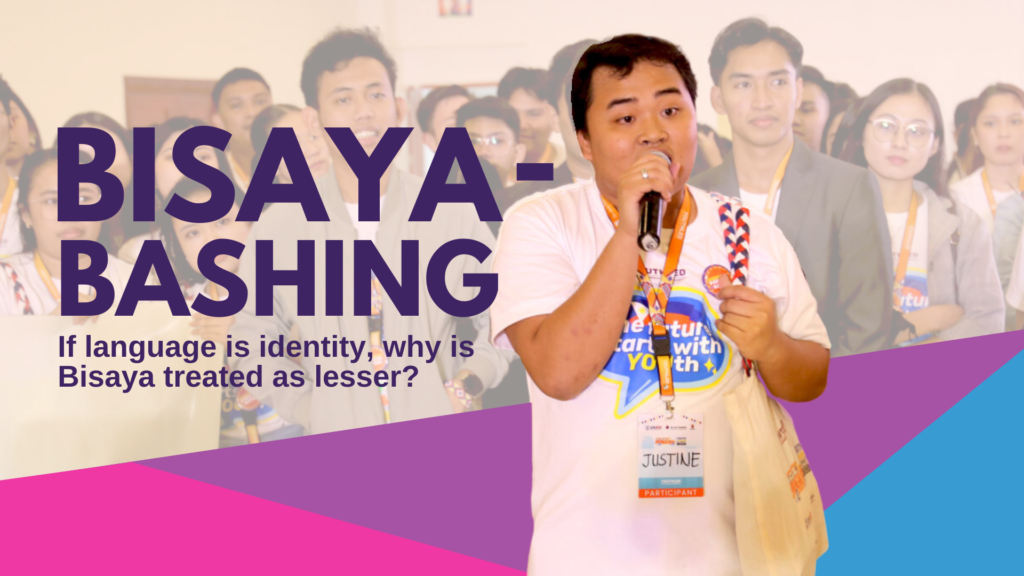
Photo credits: Centers for Leaders
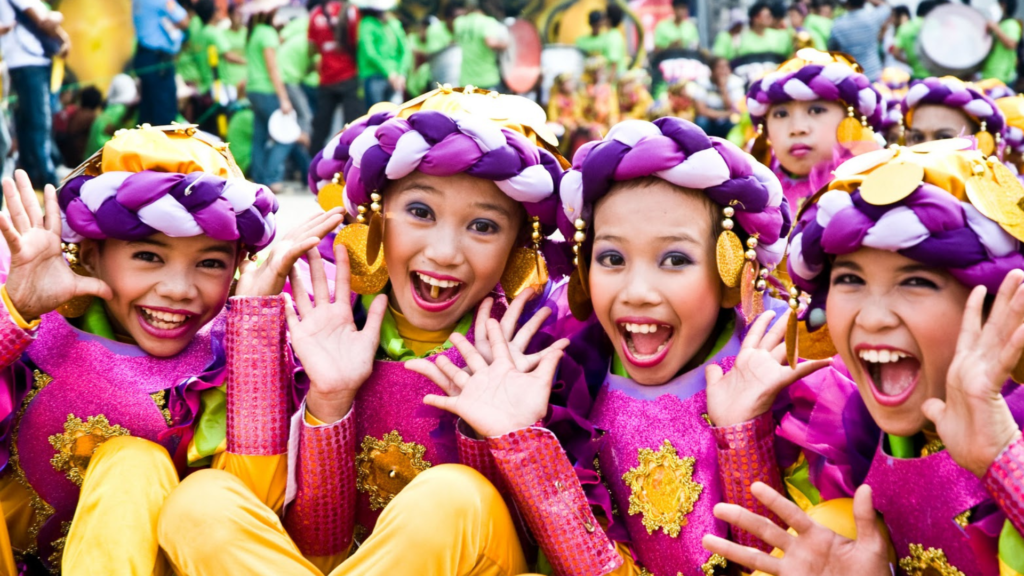
Photo credits: Conozco Pablo
The three islands of the Philippines, Luzon, Visayas, and Mindanao have distinct languages, unique geographical aspects, notable economic contributions, and different regional cultures. As a result, these may be the reasons why they form collisions easily. Yet, nowadays, it has become a trend for the youth of Tagalogs to hate Visayans. The hatred is even more evident on social media platforms such as Instagram, Facebook, and TikTok.
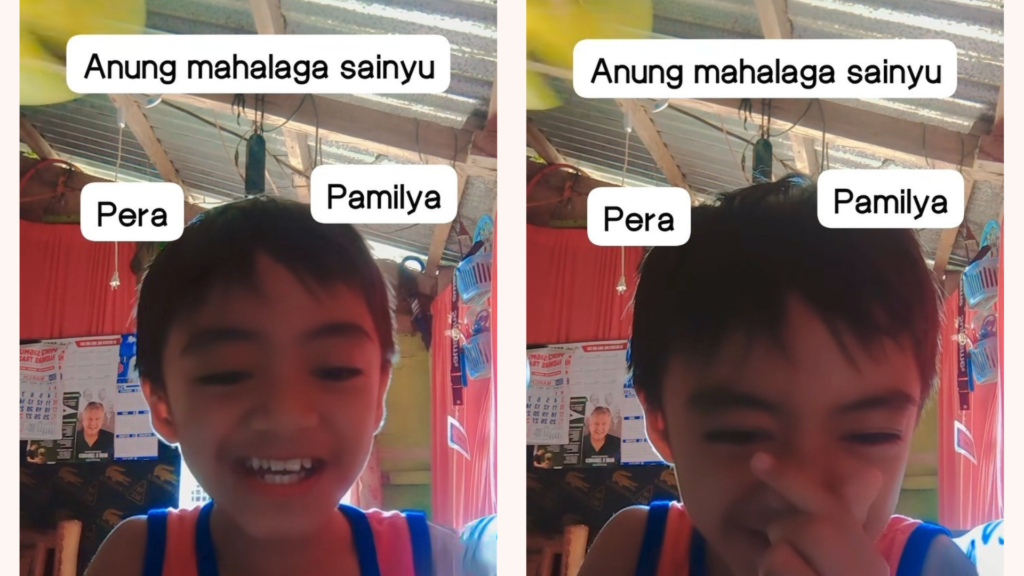
https://www.instagram.com/share/reel/_9JqHOUJw
In this Instagram reel, posted on February 2, 2025, with 9,644 likes, 2,103 comments, and 17.6k shares, the harmless child is playfully asking which is more important, money or family? While the child is speaking, his Visayan accent is noticeable which leads users to point out the fact that he’s Bisaya and despise him for it. Vulgar, aggressive, and harsh phrases like “Bisaya amp”, can be seen in the comment section of this reel. This behavior is not only observed towards Visayans. In fact, online cruelty can be and is being done to anyone.
Subsequent to looking at this situation, a query springs to mind. What is the reason for this inhumanity towards Visayans, to the point that the person in the video being a child is disregarded?
Regionalism is observed in this situation. It is an idea that one region is better than the other. Tagalogs and Visayans often stereotype one another, leading to this idea. Caringal (2018), being ”probinsyana”, heard from both Tagalogs and Visayans.
“She’s Tagalog, maybe she always curses.”
“She’s Bisaya, she doesn’t know how to respect older people.”
“She’s probinsyana, what does she know?”
“She’s from Manila, liberated ’yan.”
However, the extremities of these actions cannot be explained as merely the act of regionalism. The remarks that they left in this post are a great deal harsher than what they’d dare to when face-to-face. Did the youth turn cyberbullying into a trend? Does online humor stem from tormenting others? What are the reasons for the popularity of this behavior?

Photo credits: Mad Monkey Hostels
According to Dolinsky (2025), 46% of children social media users aged 13 to 17 years have faced cyberbullying, as well as 28% of teens, and 41% of adults, with Instagram being the leading platform with 42% of its users as victims. With this, we can conclude that there is an alarming number of victims just within this year, proving that users cyberbully as much as they do a hobby.
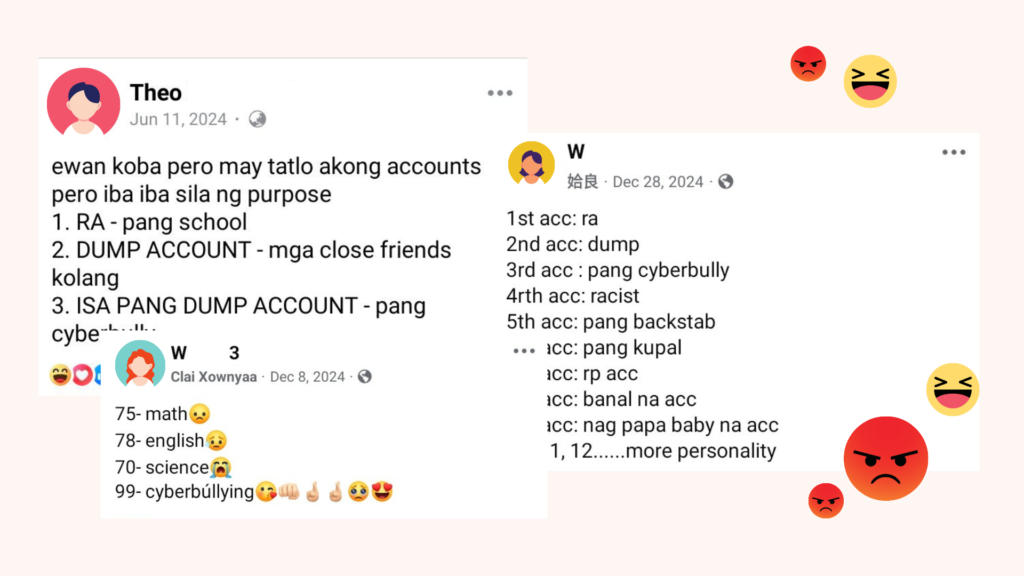
Why is the act of cyberbullying widespread? It is simply because there’s no struggle to do it at all. People are able to pull it off with little to no consequences. With anonymity being granted, users are able to speak their minds with no worry of any retaliation.
The posts that are shown above are users openly showing their bullying intent, even receiving a massive number of reactions and shares that only proved how this act is now widely accepted and perceived as funny by others.
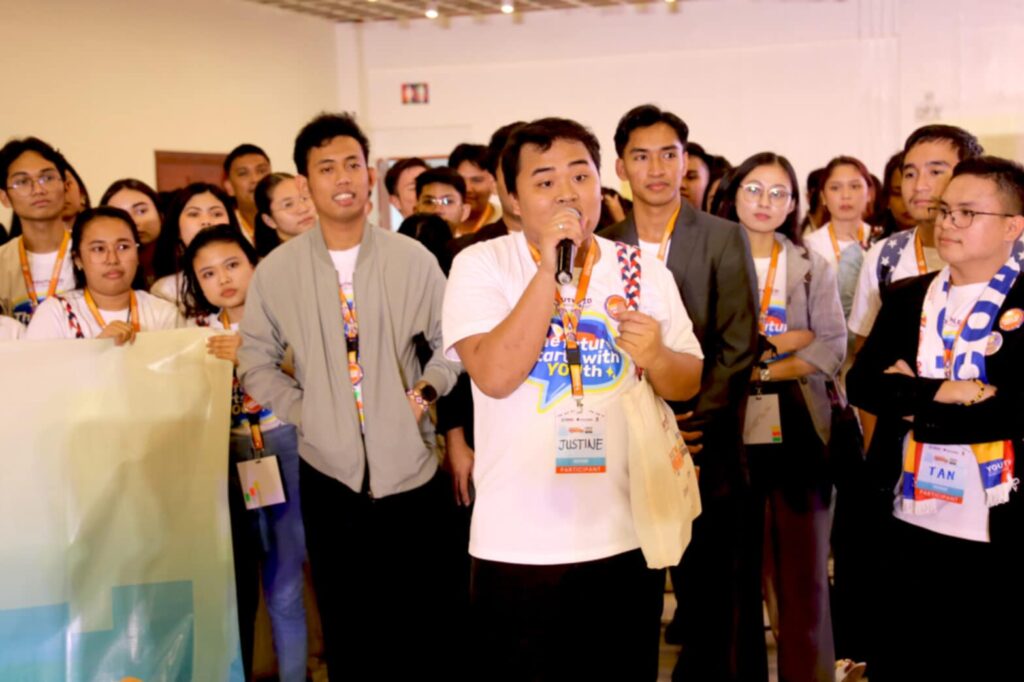
Photo credits: Cebu for Leaders
In a study, Jazaieri (2025) stated, “Most people think satire is just humorous and playful, but dehumanization exists on a spectrum and can include things like forgetting that others have complex emotions and feelings,” something we can correlate to the Bisaya hate trend which seemingly started off as satire, transformed into something distressing and inhumane.
Funny > Empathy seems to be the problem of social media users online. They are constantly seeking validation from others, wanting all those likes, reactions, and engagements, and ignoring that the subject of their humor is an actual human being with real feelings.
As humor is the utmost priority and there is a constant act of overlooking the effect that our words have on others, victims will continue to pile up. In this situation, a child decided to post an innocent video of himself. And in return, received heartless comments. Why is this tolerated? Why is this taken as funny? What do you think was the drive of the Bisaya hate trend? Was it regionalism or for mere humor purposes? Is cyberbullying really a trend?
For you, is the Bisaya hate trend funny? Have you come across satirical posts or laughed at them? Have you experienced cyberbullying or have been cyberbullied?
What Do YOUTH and what do YOU Think?
REFERENCES:
Caringal, A. (2018, July 8). ‘Bisaya,’ ‘probinsyana’. Inquirer Opinion. Inquirerdotnet. https://opinion.inquirer.net/114324/bisaya-probinsyana
Dolinsky, M. (2025, March 5). 2025 Update: Alarming Cyberbullying Statistics! Impulsec. https://impulsec.com/parental-control-software/cyberbullying-statistics/
Jazaieri, H. & Rucker, D. (2025, February 10). Study shows satire’s unexpected power to destroy reputations. Study Finds. https://studyfinds.org/satires-unexpected-power-to-destroy-reputations/